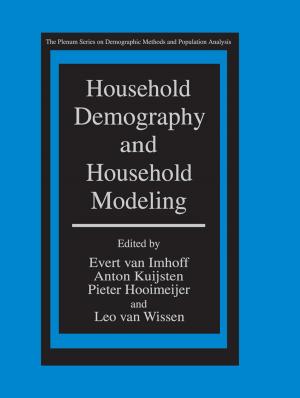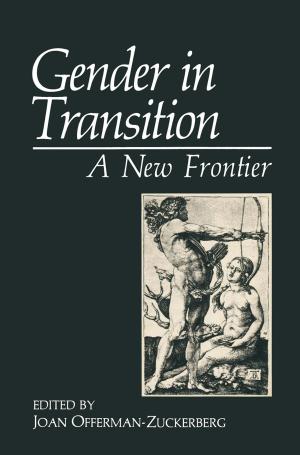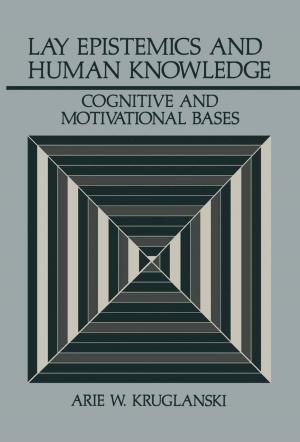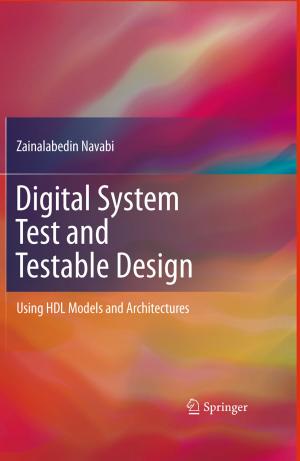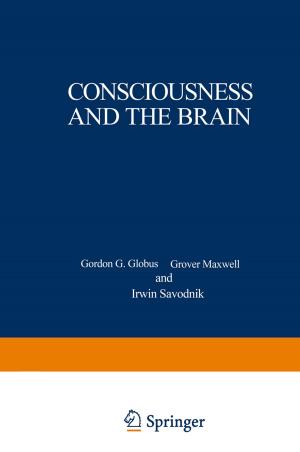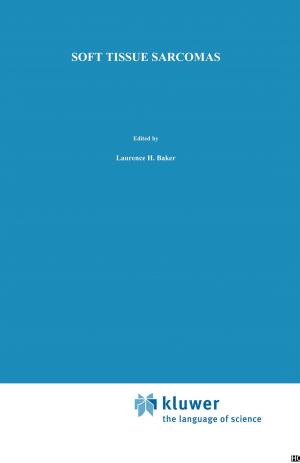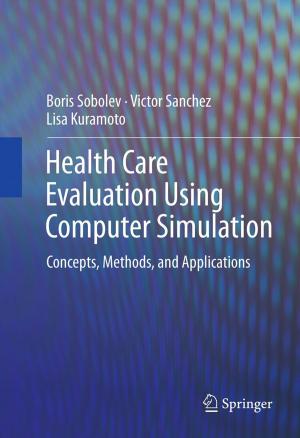Steroid and Sterol Hormone Action
Nonfiction, Health & Well Being, Medical, Medical Science, Biochemistry, Specialties, Internal Medicine, General| Author: | ISBN: | 9781461320739 | |
| Publisher: | Springer US | Publication: | December 6, 2012 |
| Imprint: | Springer | Language: | English |
| Author: | |
| ISBN: | 9781461320739 |
| Publisher: | Springer US |
| Publication: | December 6, 2012 |
| Imprint: | Springer |
| Language: | English |
The purpose of this book is to focus attention on recent developments in steroid and sterol hormone action. Many authors have generously contributed to the book. As a result, there is a great diversity of opinion! A majority of the chapters deal with steroid or sterol hormone receptors. This is not meant to imply that receptor-mediated mechanisms are the sole or even the most important mechanisms by which steroid hormones act in the cell. There is wealth of evidence showing that other, non-receptor events, are important also. Steroid hormone recep tor research and the study of nuclear events mediated by steroids are presently the most intensely studied aspects of sterol hormone action and our selection of topics reflects this trend. We have also included chapters on vitamin 0 sterols and thyroid hormone in the book, as there is pood evidence that these hormones act in a manner similar to other classical steroids. 1 IMMUNOCHARACTERIZATION OF THE NUCLEAR ACCEPTOR SITES FOR THE AVIAN OVIDUCT PROGESTERONE RECEPTOR A. GOLDBERGER, M. HORTON, T. C. SPELSBERG Department of Biochemistry and Molecular Biology, Mayo Clinic and Mayo Graduate School of Medicine, Rochester, MN 55905 INTRODUCTION It is well known that steroid hormones, certain vitamins and sterols, enter target cells and bind to specific protein receptors in the cyto plasm or nucleus (1-4). This binding is saturable, high affinity, and steroid specific.
The purpose of this book is to focus attention on recent developments in steroid and sterol hormone action. Many authors have generously contributed to the book. As a result, there is a great diversity of opinion! A majority of the chapters deal with steroid or sterol hormone receptors. This is not meant to imply that receptor-mediated mechanisms are the sole or even the most important mechanisms by which steroid hormones act in the cell. There is wealth of evidence showing that other, non-receptor events, are important also. Steroid hormone recep tor research and the study of nuclear events mediated by steroids are presently the most intensely studied aspects of sterol hormone action and our selection of topics reflects this trend. We have also included chapters on vitamin 0 sterols and thyroid hormone in the book, as there is pood evidence that these hormones act in a manner similar to other classical steroids. 1 IMMUNOCHARACTERIZATION OF THE NUCLEAR ACCEPTOR SITES FOR THE AVIAN OVIDUCT PROGESTERONE RECEPTOR A. GOLDBERGER, M. HORTON, T. C. SPELSBERG Department of Biochemistry and Molecular Biology, Mayo Clinic and Mayo Graduate School of Medicine, Rochester, MN 55905 INTRODUCTION It is well known that steroid hormones, certain vitamins and sterols, enter target cells and bind to specific protein receptors in the cyto plasm or nucleus (1-4). This binding is saturable, high affinity, and steroid specific.

